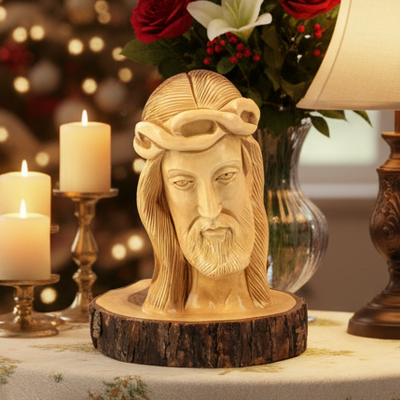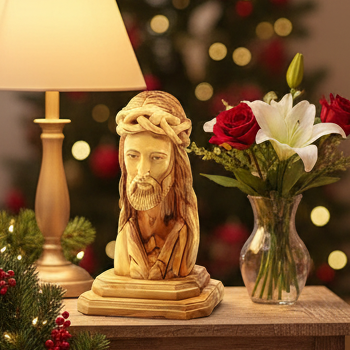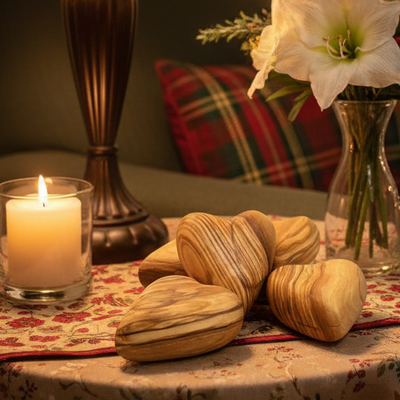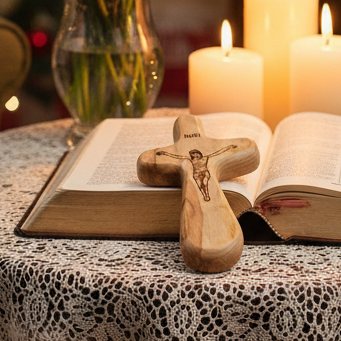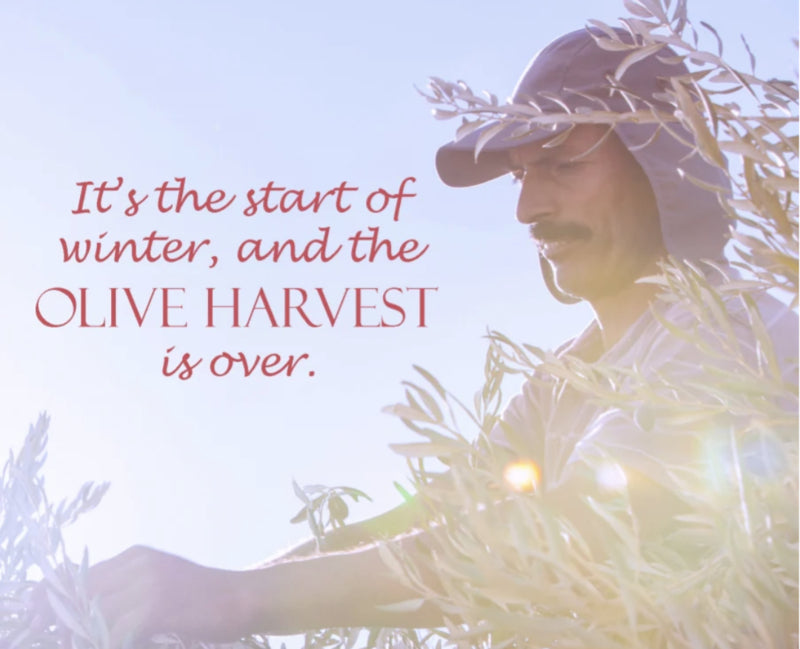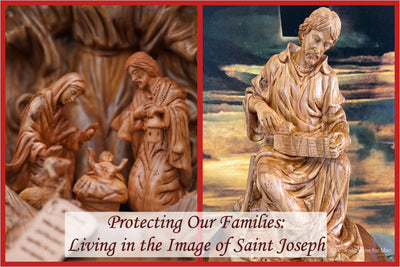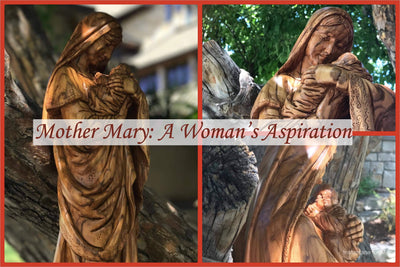While a good people outside of the Holy Land now know about our traditions of the autumn olive harvest, many aren’t aware of the part that happens between the period of harvests, when buckets and tarps are put way, patiently awaiting their moment in the sun once again.
Pruning and Cutting Olive Trees:
Another stage of the olive harvest is pruning branches of trees that are healthy, and culling dead or dying trees to make space for new shoots. While some pruning and cutting does occur during the olive harvest, trees are pruned after winter rains and before the summer blossom.
Why Healthy Olive Trees are Cut and Pruned?
People that are not familiar with the olive tree may find it puzzling why healthy green branches are pruned, especially in a land where anything green and growing seems to be such a welcome sight. The answer is not due to a disease in the tree, but rather due to productivity of olives.
1. Richer Crop
First, olive trees are pruned so as to allow maximum sunlight into the tree, which will yield a richer crop. Olive trees aren’t pruned as shoots or very young trees; usually the first pruning occurs after a tree reaches its fourth or fifth year, when it begins to yield a crop. The pruning method most often used is called a thinning cut, which focuses on cutting specific branches of the tree to allow in more sunlight rather than cutting back on most of the branches. The conventional folk wisdom is that a tree should be pruned well enough so that a bird may fly through its branches. The older an olive tree is, the more it needs to be pruned to yield a better harvest.
How long do olive trees live?
As it is well known, olive trees can live for a very, very long time. Some of the oldest olive trees can live up to millennium. Some of the most famous examples are found in the Garden of Gethsemane at the Church of All Nations at the base of the Mount of Olives, where Christ prayed that He would not be led into temptation immediately before His Passion (Matthew 26, 36-46). True, most olive trees do not live that long, but as far as trees go, they do generally live comparatively long lives!
Garden of Gethsemane
Do olive trees die?
All things pass, and so does the olive tree.
- Some die from infection, such as the disease known as olive knot, which can appear on a tree as an unsightly bacterial growth, often after a frost or heavy rain on poorly pruned trees.
- In the dry Mediterranean climate, the risk of wildfires is always present, especially during periods of high winds during drought or dry spell.
- Inversely, excessive flooding and water run-off during heavy storms can also damage the soil foundation of trees and cause damaged.
- Other trees do not survive transplanting due to being in the way of construction projects.
- And a few very elderly specimens, of course, simply die from old age.
2. Fuel or Carving Material
- At that juncture, an olive tree enters its second stage of use for humanity: fuel or carving material.The trunk and heftier branches of a dead olive tree often becomes fuel for the wood-burning stoves of kitchens and living rooms of family homes. In a land with brief but harsh winters, stone and cement homes, and no central heating, fireplaces may seem far more worthwhile an investment than people from northern climates may believe. Many bakers and restaurants still use wood-burning stoves for bread and pizza as well.
- The second purpose, of course, is for carpentry and olive-wood carving. Wood cannot be indiscriminately used to create items: only select pieces of wood, once cut and dried, that meet the qualifications of the carver are selected. But once a piece of wood passes the test, the incredible process of transformation begins.
See some of the most spectacular creations of hand-crafted olive wood products here:
We, the Bethlehem Handicrafts’ team, are so proud to put the Holy Land in your hand by giving you a variety of the best and the most outstanding original Bethlehem’s olive wood carvings with the best quality made in the Holy Land.
